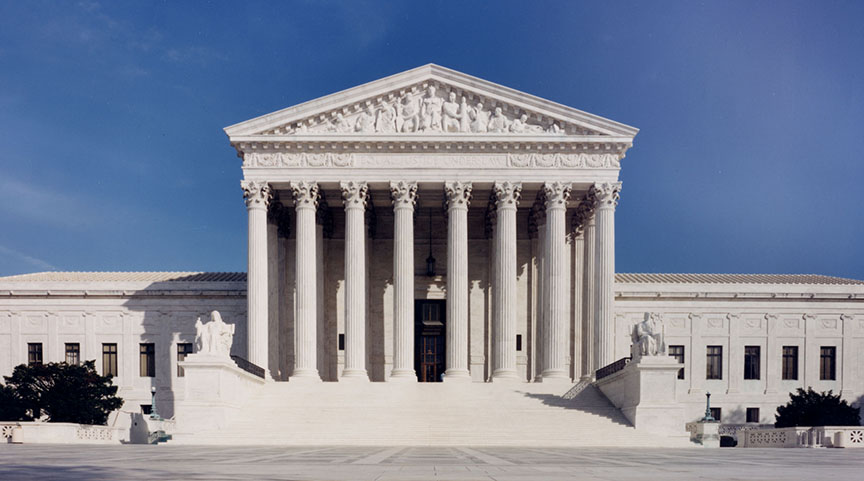Supreme Court History Review
https://www.history.com/topics/us-government/supreme-court-facts

While reading the article provided above, it brought back past memories of when I took an AP Government class in high school. The article was about the Supreme Court and it reminded me of when I had to learn all about the court systems, branches, court cases, and much more. This article was almost like a quick refresher of past knowledge. For example, the article mentioned the court case, Engle v. Vitale. I immediately knew what that court case was about because of the acronym I made for it back in high school. I viewed Engle as an "angel" meaning it was praying, and I aligned the two together. Engle v. Vitale was a court case against inforcing prayers in school. "In 1962's Engel v. Vitale, SCOTUS ruled that prayer initiated by and within public schools violated the First Amendment (in the 2000 case Santa Fe Independent School District v. Doe, it further ruled that students cannot lead prayer using the school's loudspeaker system." This direct quote further describes the case and matches my description for not leading a prayer in school.
While reading further into the article I was reading more information that I didn't remember as well. I was reminded of how many members serve on the Supreme Court and for how long, which is 9 and they serve for life/death or retirement. Although, some new information that I learned about was there were originally 6 people who served on the Supreme Court. "The first Supreme Court was made up of Chief Justice John Jay, and Associate Justices John Rutledge, William Cushing, John Blair, Robert Harrison and James Wilson." The first court was made up of all men in 1789 and is still known for being the highest federal court in the country.
The final information from the article that I found very informational and that I would want my audience to know is that "the Supreme Court has the ultimate jurisdiction over all laws within the United States and is responsible for evaluating the constitutionality of those laws. if necessary, the court which is currently made up of nine justices has the power to check the actions of the other two branches of the government - the executive branch of the president and the legislative branch of congress." Having knowledge of how the Supreme Court works is important to know so that you can have an understanding of how our government works. Having prior knowledge of what previous court cases we have gone through as a country is also very important because most have changed the way our world is today. For example, the "Dred Scott v. Sandford case upheld state segregation laws in 1896. Plessy v. Ferguson upheld World War II internment camps for Japanese Americans in 1944 (Korematsu v. the United States)." These cases plus many more are a huge part of our history and how we live our lives today.
Comments
Post a Comment